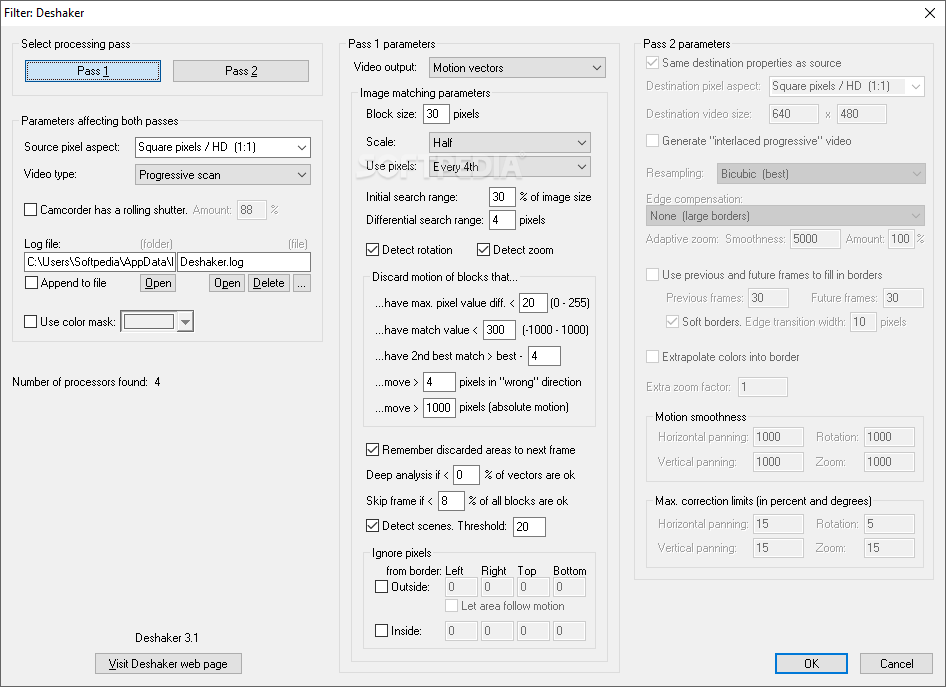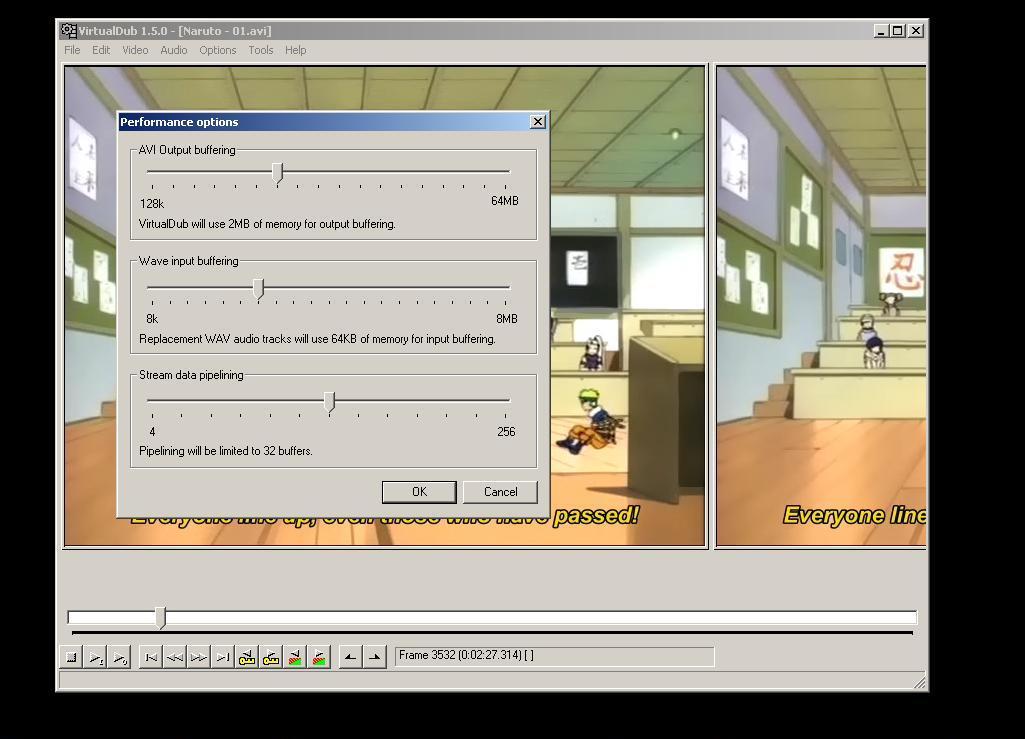


If you skimp bitrate because you want to fit on a cd you'll see the results later on when you least expect to. So leave everything else alone, set your encoder to 16:9 and use as high a bitrate the standard calls for in your destination format. Your cam already did several levels of damage. Use avisynth for the best 16:9 setup, but try and stay away from other filtering because in the long run it'll just get worse, and just encode to your desired format, mpeg-2 or whatever. Post them (untouched) up here if you like. Shoot footage in both 4:3 and 16:9 modes, and run them through the same paces, then review. Hard to explain, but almost chisely like.the pixels. In another dv cam I own, it seems to produce very similar results like your clip. The image looks like it was filtered, the evidense seems to point to some temporal algorithm in your dv cam. Since you didn't say you did anything to it, I'll assume that your cam is also to blame. I'll let someone else explain that issue.īut there's also another issue I see with your sample dv clip. I found that the only way around it was to shot 4:3 and crop it, and fake 16:9 through croping as long as the viewers didn't know this little trick, its a mute point. My Canon ZR10 had similar bad function like this. This is an old issue, having to do with the way dv cams record 16:9 widescreen, cropping/resizing incorrectly, etc. The simple answer is, your cam is to blame.


 0 kommentar(er)
0 kommentar(er)
